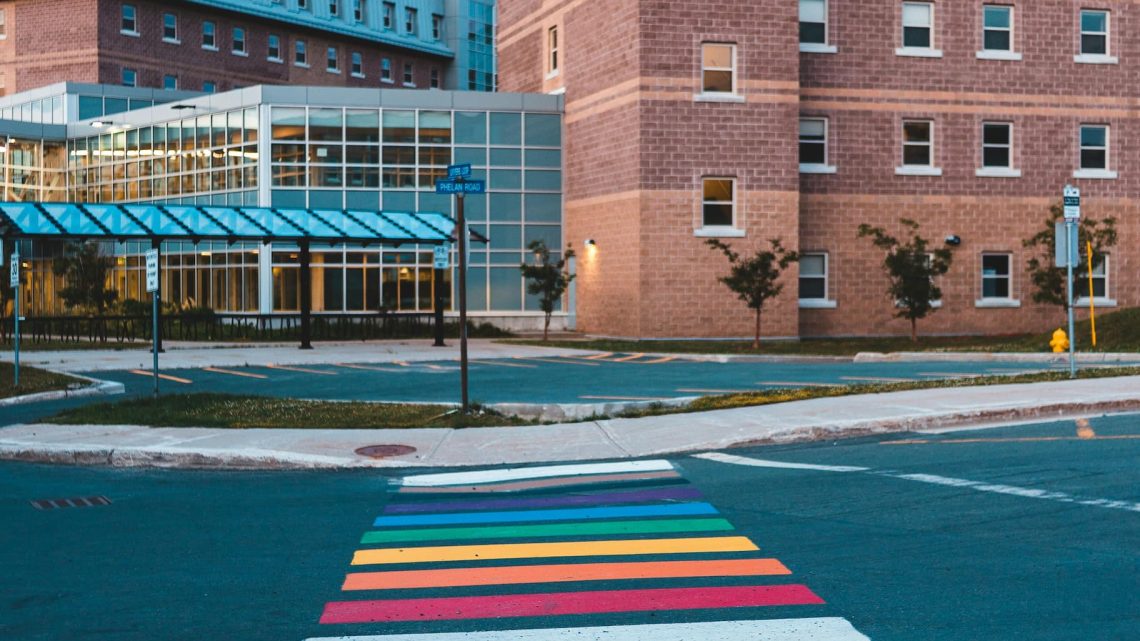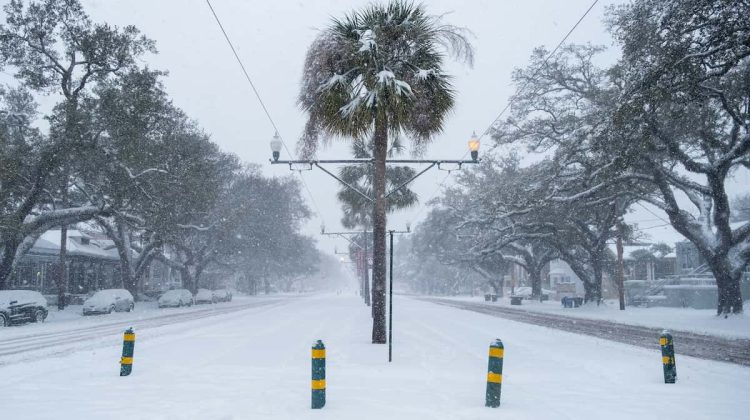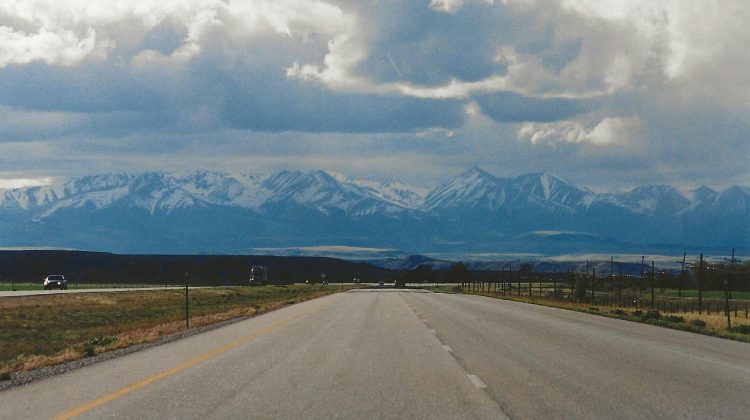When it comes to safety, U.S. colleges are constantly implementing new safety strategies to keep students and faculty safe. With the hustle and bustle of school at the forefront of many students’ minds, road safety is often overlooked. With over 85% of U.S. college students commuting to and from school, it’s no surprise that the crash data is increasing, especially in Texas colleges
From community colleges to top Texas universities, a recent study analyzed crash data near Texas colleges, with Houston Community College coming in at #1 with a 65% higher crash data than the rest of colleges studied.
Colleges Highest Crash Rates
At the top of the list is Houston Community College with an eye-opening 76.21 crashes per 1,000 students annually. Many community colleges like HCC serve large populations of commuters, which increases the volume of daily traffic in and around campus. Combine that with urban road conditions that community colleges rely on, compared to built-in roads at traditional universities, and the risk for accidents quickly increases. Closely behind Dallas College, Texas Southern University, and San Jacinto Community College follow closely behind, with around 45 crashes per 1,000 students a year.
Rice University also makes the list’s top five 32.95 crashes per 1,000 students. Located in the heart of Houston’s medical center, Rice experiences overlapping traffic from emergency vehicles, daily commuters, and campus pedestrians, all leading to an increased accident risk.
While Rice University did make the top five list, they were one of the few schools that reported zero fatalities from auto accident-related crashes in the last three years. Seven major Texas universities, including UT Austin, Texas A&M (College Station), and Texas Tech, all reported zero crash-related fatalities in the last three years.
Community Colleges Showing Higher Crash Data than Traditional Colleges
Unlike residential universities where many students live on or near campus, community college students often drive to class from surrounding areas. This leads to higher volumes of daily traffic and increased exposure to road hazards.
Many community colleges are also located in densely populated urban centers with already congested streets, limited parking, and complex intersections. These conditions can amplify the risk of crashes, especially during peak hours when students, workers, and city traffic all converge.
Additionally, community college students may be more likely to balance work and school, which can lead to tight schedules, fatigue, and rushed driving, all of which increase accident risk. These combined factors help explain why crash data is often higher around two-year institutions compared to their four-year counterparts.
Increased education on safe driving, improved traffic controls near campus, and infrastructure investments can all help reduce accidents and protect commuter students.
The Leading Cause of Accidents
According to the data, the leading cause of accidents around Texas college campuses is speeding. Between rushing to classes to beating high-impact traffic hours, it’s no wonder speeding is a common cause of accidents amongst all the universities. Texas Tech University leading with 42% of crashes involving speeding.
The runner up for the leading cause of car accidents is distracted driving. Texas A&M Commerce had an outstanding result, with 66.47% of crashes being due to driver in attention within the last three years. In congested campus zones where traffic, pedestrians, and bikes all mix, even a brief lapse in attention can lead to a crash.
Students often juggle phones, navigation apps, music, or even food and drinks behind the wheel.
Common causes of distracted driving among college students include:
- Texting or checking notifications while stopped or in traffic
- Using GPS or ride-share apps while navigating unfamiliar roads
- Multi-tasking — eating, adjusting music, or talking to passengers
- Fatigue or mental distraction from school, work, or personal stress
What Colleges Can Do
Colleges and universities can support by investing in traffic devices that will slow down the cars, improve streetlights, and creating awareness campaigns on driving safely and pedestrian behavior. Additionally, engaging with city leaders to improve road conditions near the college campus can be a long-lasting effect.
Traffic safety is often an underappreciated part of campus life, but numbers show that it can be important. Knowledge of the risks and taking preventive action can make your campus community safe in the classroom setting and out on the public roadways.





No Comment